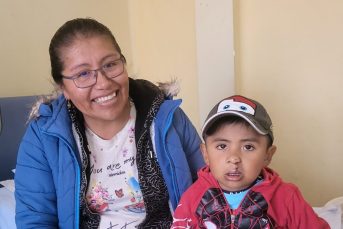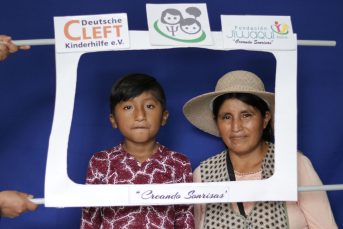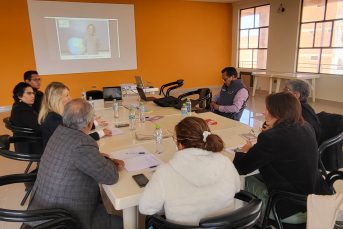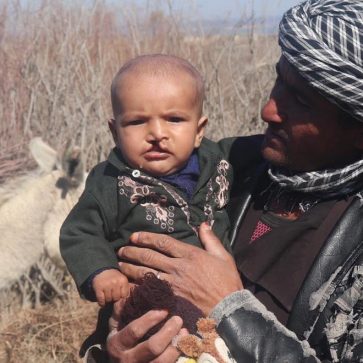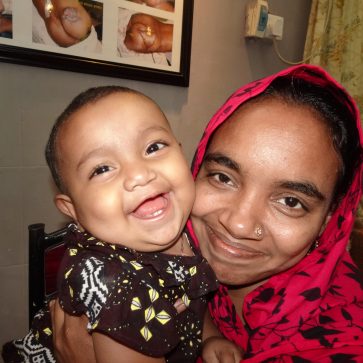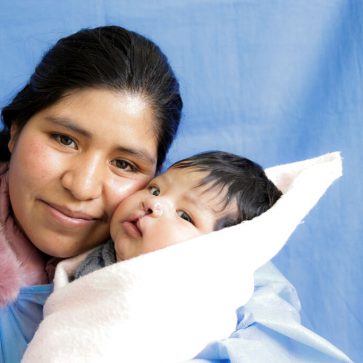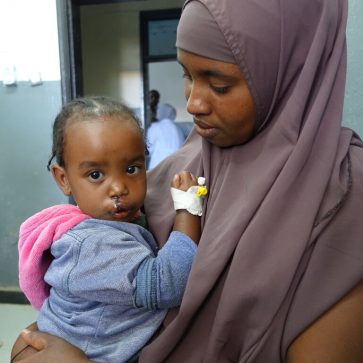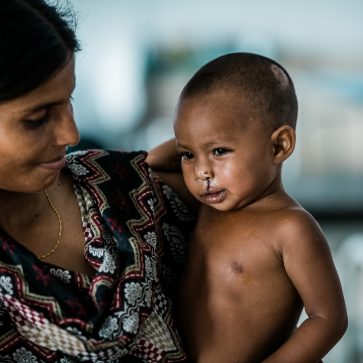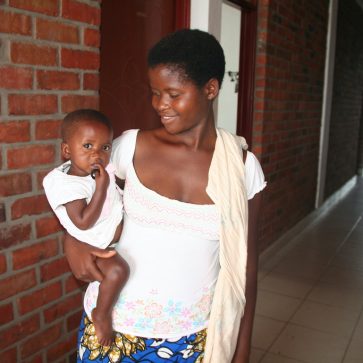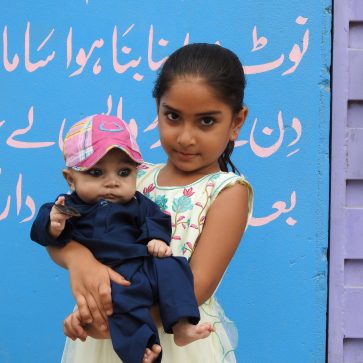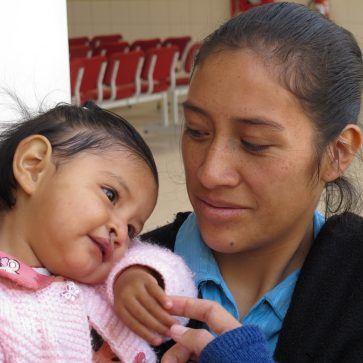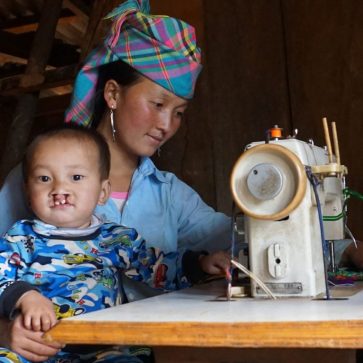Thank you message from Danitza, mother of a child with cleft lip and palate from Bolivia.
Help for cleft children in Bolivia
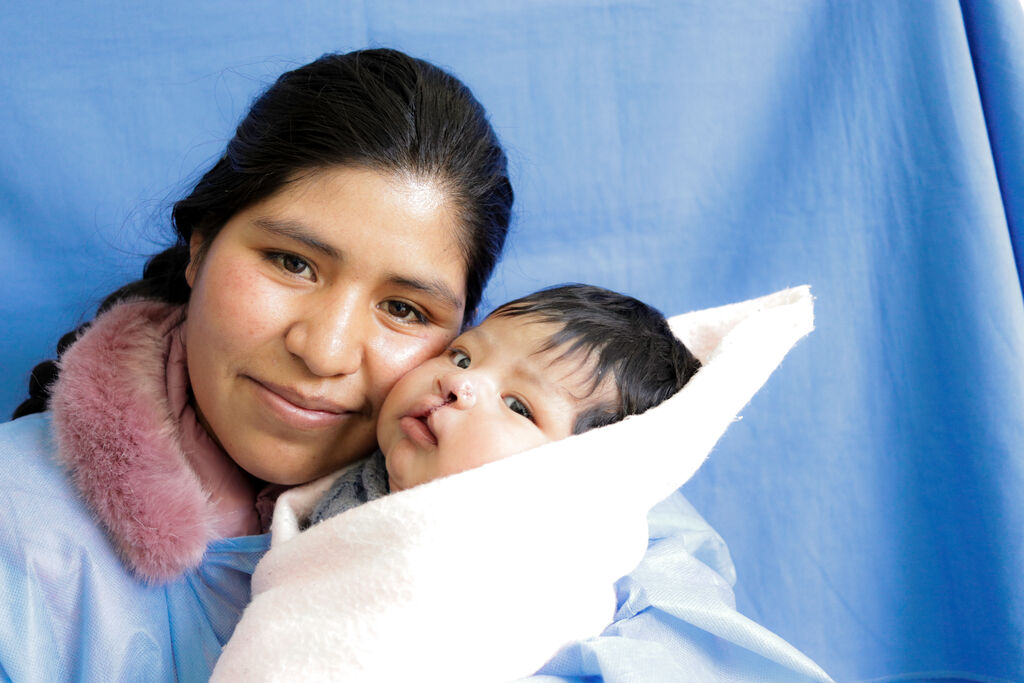 Cleft patient Yhair and his mother after the surgery. Yhair received his surgery during a mission on April 7-10, 2022.
Cleft patient Yhair and his mother after the surgery. Yhair received his surgery during a mission on April 7-10, 2022.Our work in Bolivia in numbers
We have been helping cleft children in Bolivia since 2010. Today, we work from four locations and are the most important address for cleft children in Bolivia.
The result of our efforts: some 4,376 cleft surgeries provided to patients in Bolivia 2010-2023.
In 2023, our four Bolivian teams provided almost 698 surgeries.
Deutsche Cleft Kinderhilfe in Bolivia
A large part of the Bolivian population lives in the mountain villages of the Bolivian Andes at altitudes of up to 4,000 meters. Life in the mountains is hard, poverty makes people's lives difficult. The high altitude and a diet of the mothers that is often lacking in essential nutrients during pregnancy favor the development of cleft lip and palate. The geographical conditions also make access to medical care difficult. We have four permanent sites in Tarija, La Paz (2 projects) and Cochabamba. In addition, three of our four Bolivian teams carry out aid missions in other regions of the country.
Key areas of our work in Bolivia
Surgery
With our four teams, we are the biggest provider of care in Bolivia for patients with cleft lip and palate.
Education
Thanks to the good networking of our teams, our help has become well known in recent years. Every successfully operated child carries our mission forward.
Comprehensive cleft therapy
A comprehensive therapy, in which different medical disciplines work hand in hand, is offered to our patients in one of our two aid projects in La Paz, as well as in Cochabamba.
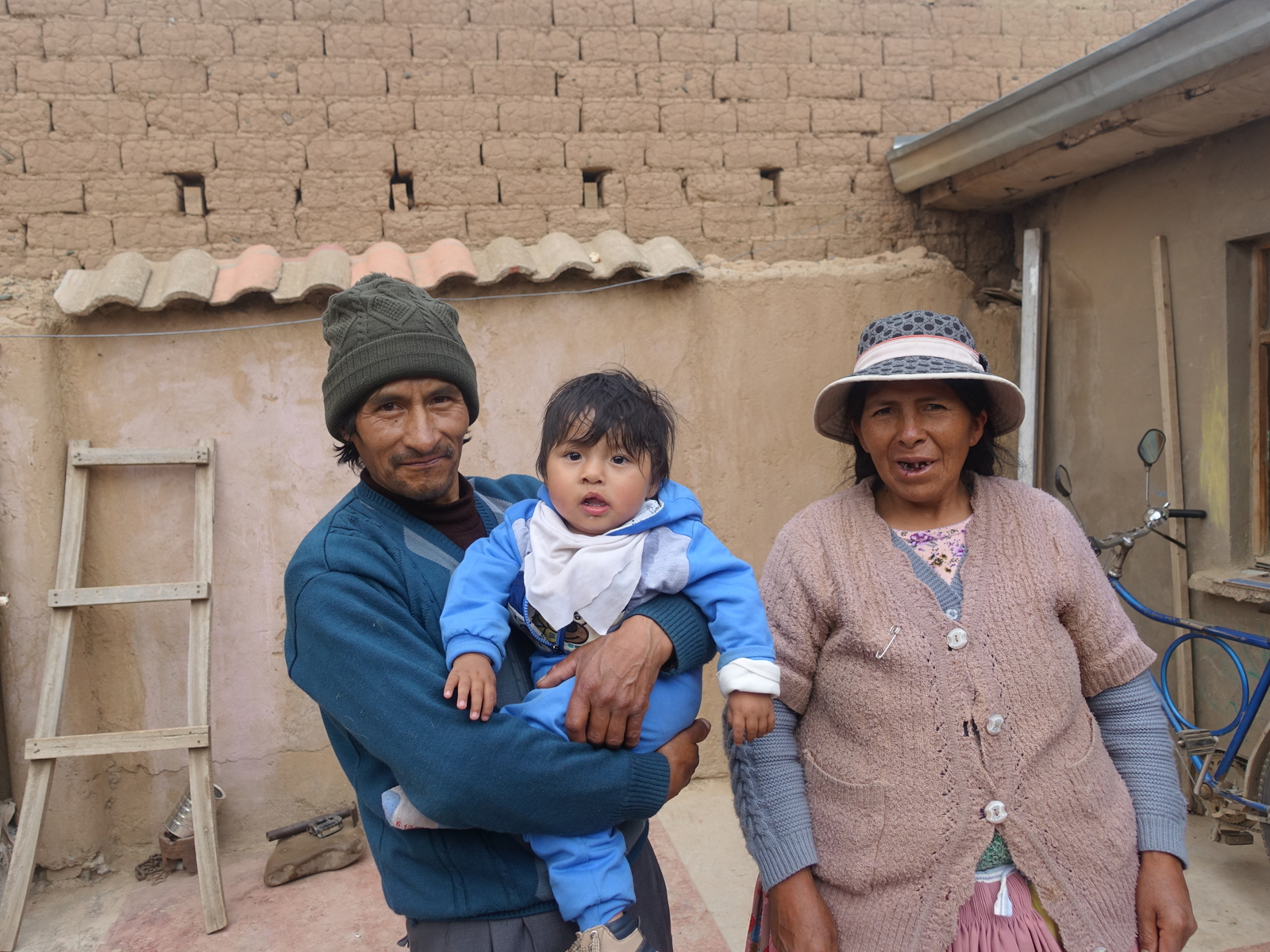 Eliazar and his parents before his palate surgery. He had previously also received his lip surgery from one of our surgeons.
Eliazar and his parents before his palate surgery. He had previously also received his lip surgery from one of our surgeons.Our partners in Bolivia
Surgeon Dr. Mario Villalba has been a partner of Deutsche Cleft Kinderhilfe since 2010. He treats needy children with cleft malformation at his main location in Tarija and additionally during surgical missions in outlying areas.
In late 2015, we expanded our team to include Dr. Adolfo Mamani from La Paz. The pediatric surgeon was trained in cleft surgery by our Peruvian partner Dr. Alberto Bardales over the course of three years. Under the umbrella of his organization Jiwaqui Bolivia, Dr. Mamani built an interdisciplinary team in La Paz and now additionally offers speech therapy, orthodontics and psychological care to children with cleft.
In May 2020, an experienced new partner organization, Ayninakuna, joined the team. Under the umbrella of the organization "Fundacion para la Salud Ayninakuna," renowned surgeon Dr. Roberto Edmundo Rosa Ressini established an interdisciplinary treatment center at the Aranjuez Clinic in Cochabamba. After his death in 2018, Dr. Eligió Rolando Arcienega Llano, a surgeon he trained, took over.
In 2022, Dr. Gonzalo Torrez Cruz became part of our Bolivian team. He heads our second aid project in La Paz under the project name "Sonrie Bolivia".
Deutsche Cleft Kinderhilfe's country manager for the projects in Bolivia is Stefanie Huter.
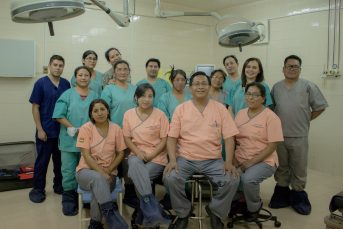 Dr. Adolfo Mamani and his team, La Paz
Dr. Adolfo Mamani and his team, La Paz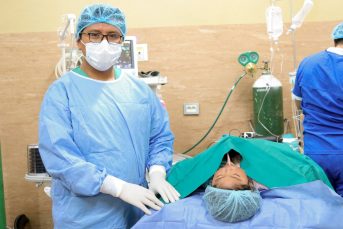 La Paz: Dr. Gonzalo Torres
La Paz: Dr. Gonzalo Torres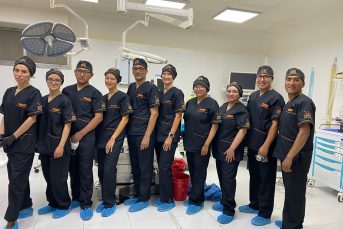 Sonrie Bolivia: the team of Dr. Gonzalo Torrez from La Paz.
Sonrie Bolivia: the team of Dr. Gonzalo Torrez from La Paz.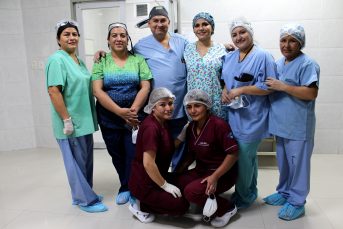 Dr. Eligio Arcienega Llano with his team.
Dr. Eligio Arcienega Llano with his team.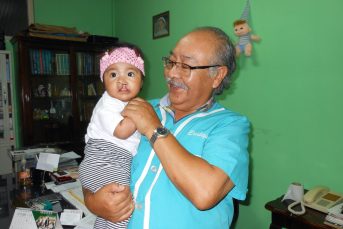 Dr. Mario Villalba, Tarija
Dr. Mario Villalba, Tarija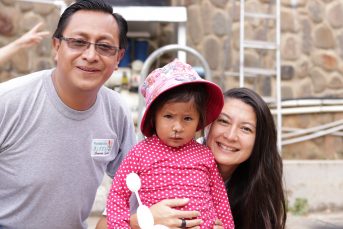 Stefanie Huter with cleft patient Quetsalli and surgeon Dr. Adolfo Mamani.
Stefanie Huter with cleft patient Quetsalli and surgeon Dr. Adolfo Mamani.Impressions from our work in Bolivia
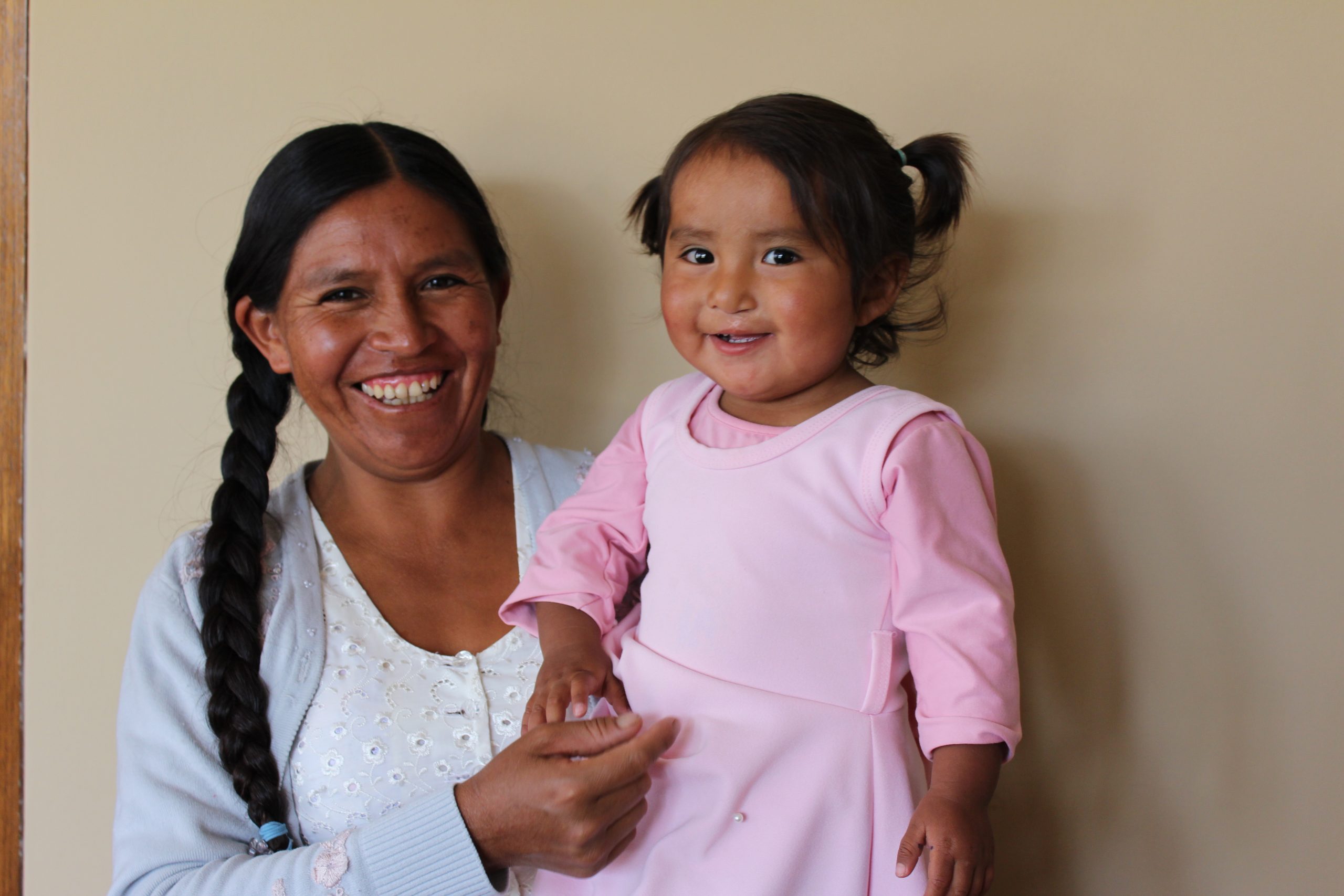
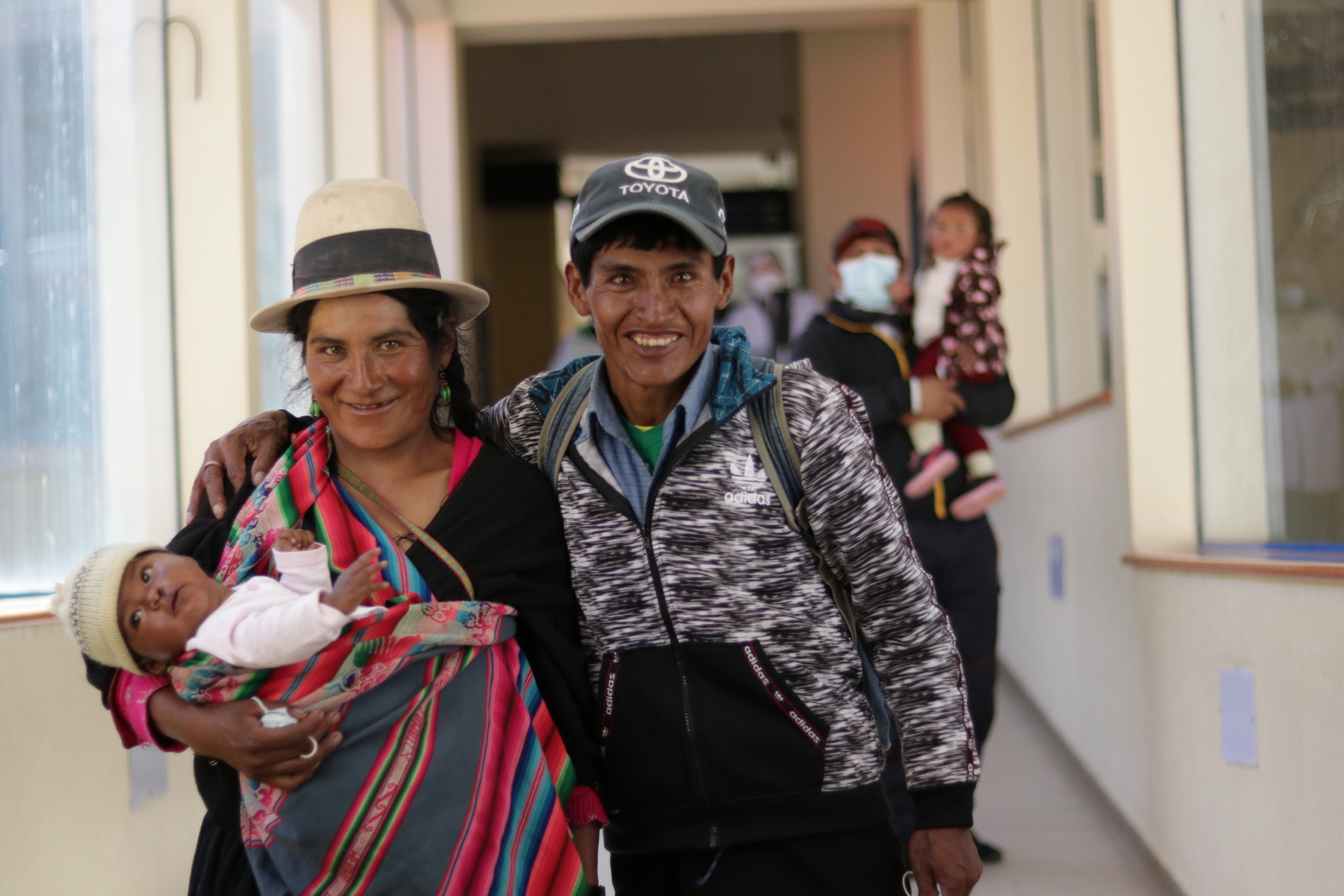
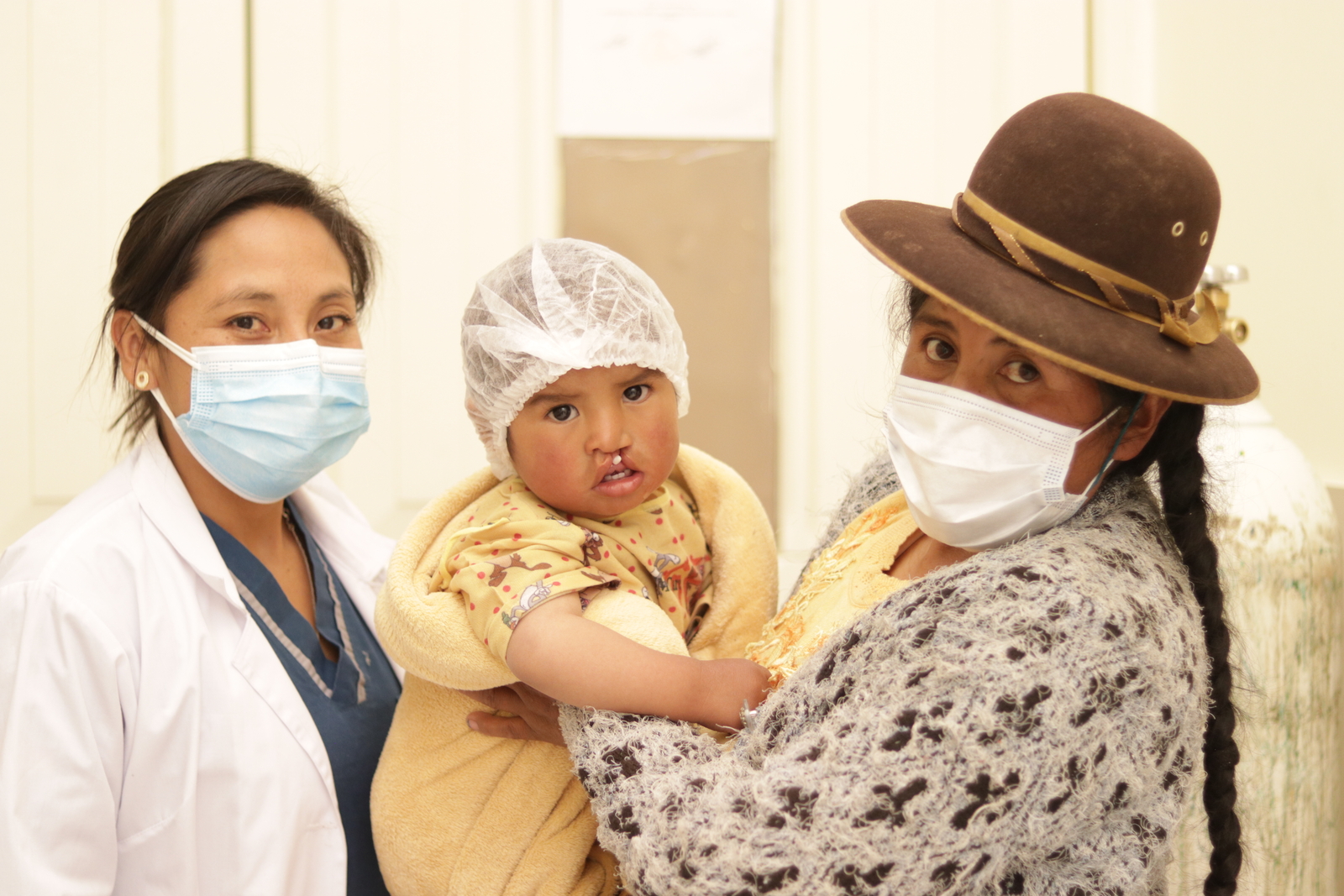
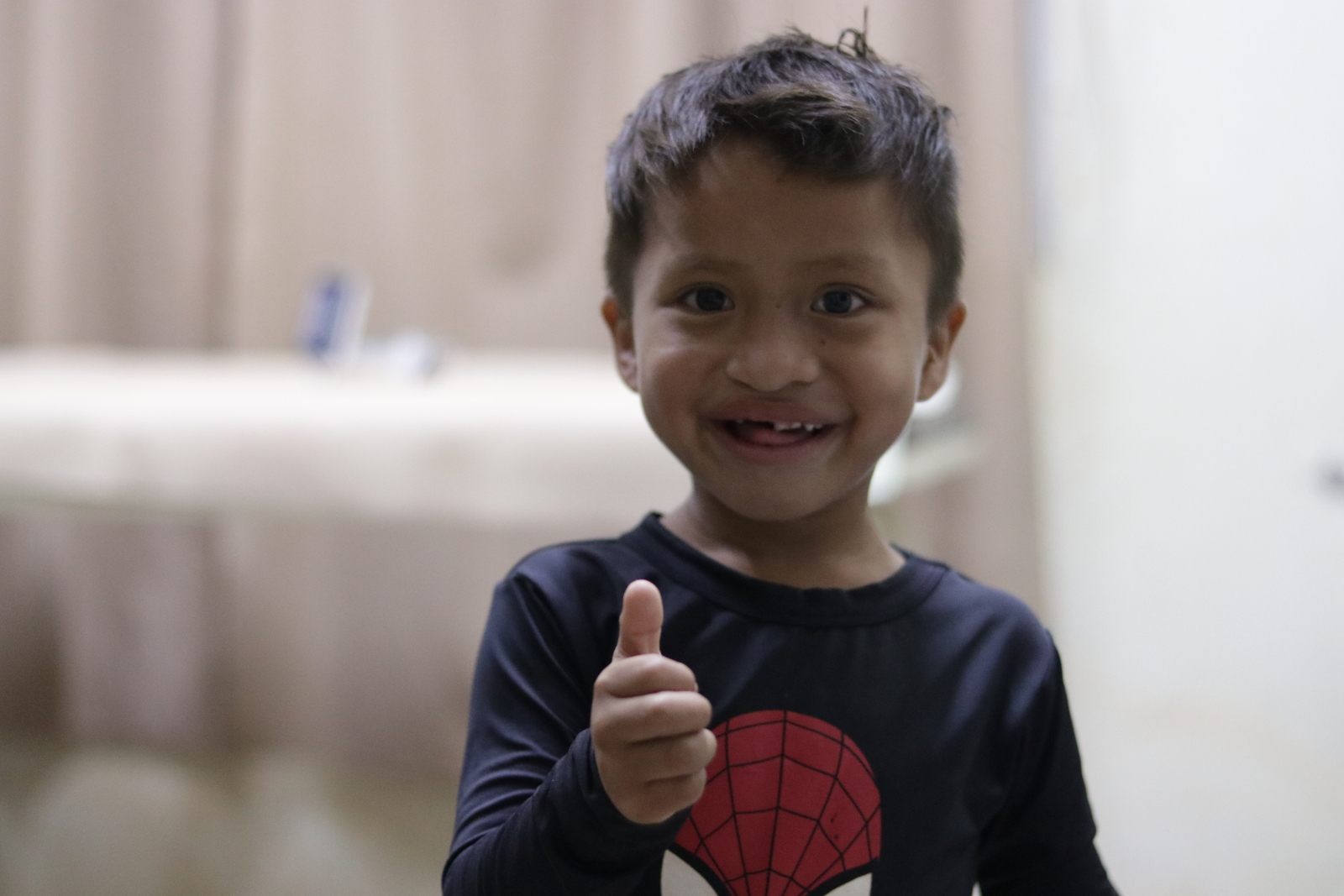
Country portrait Bolivia
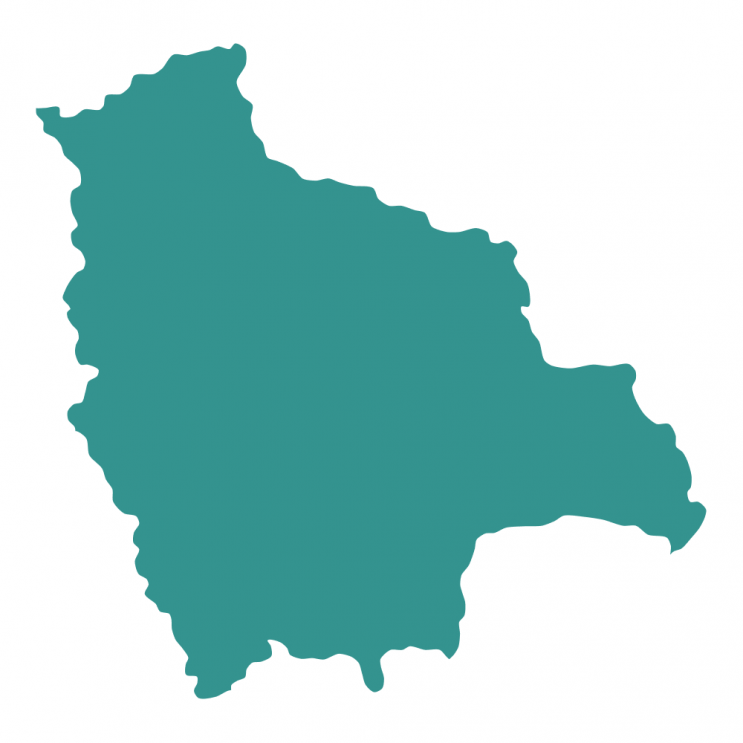
Bolivia - named after the independence fighter Simón Bolívar - is located in the southwest of South America and borders Peru, Brazil, Paraguay, Argentina and Chile. Two landscapes characterize the country: in the west the mountains of the Andes, in the east the Bolivian lowlands. The majority of the population lives on the Altiplano, the high plateau in the Andes.
20 percent of the Bolivian population belong to indigenous peoples. Bolivia thus has one of the highest percentages of indigenous people in South America. The majority are Quechua and Aymara. Most of them do not speak Spanish. Since many schools only teach in Spanish, it is difficult for the children from these families to follow the lessons. Many therefore do not go to school.
In Bolivia's rural regions, many adults cannot read or write. To improve this situation, recent education programs require teachers to be proficient in either Aymara or Quechua and to be able to teach another foreign language (usually English).
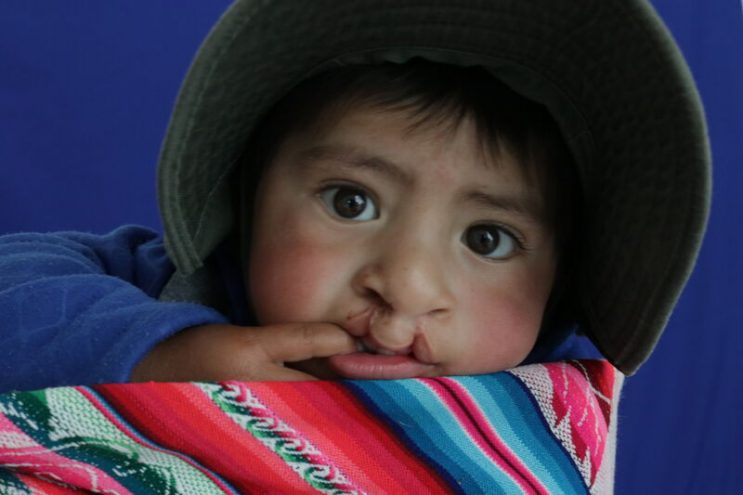
A new life for a child
The surgery is a key turning point in the life of a child with cleft. With your donation, you help change a child's life for the better.
Any amount helps.
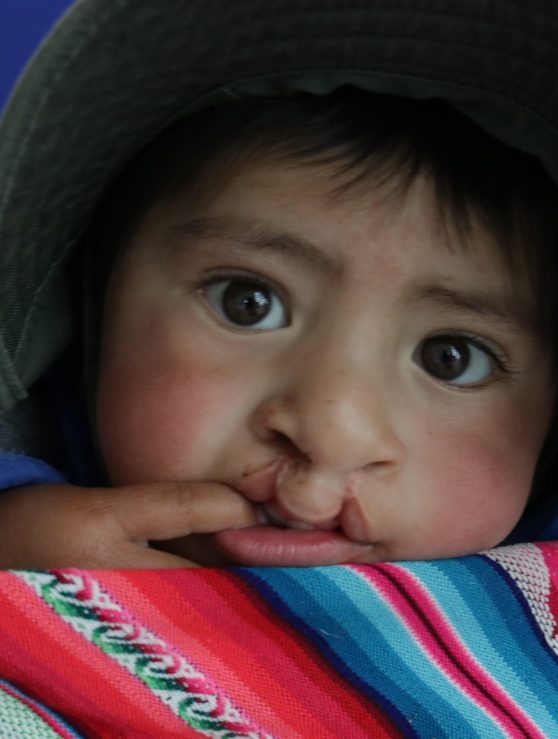
Für ein neues Kinderleben
Die Operation ist ein entscheidender Wendepunkt im Leben eines Kindes mit Spaltbildung. Mit Ihrer Spende tragen Sie dazu bei, das Leben eines Kindes zum Guten zu wenden.
Jeder Betrag hilft.

